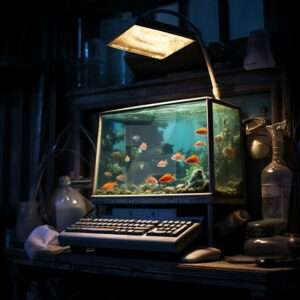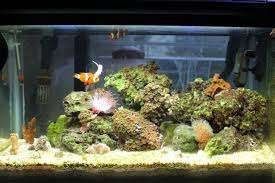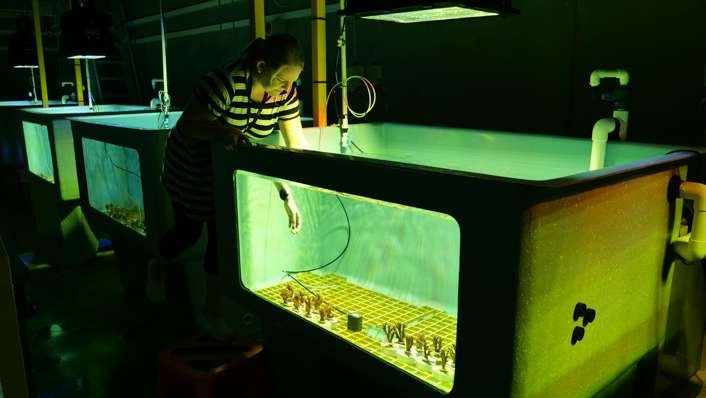What is an aquarium monitor?

How do they work?
There are many computers and controls on the market, and most of them work the same way and do the same things. But each one is made to give the most exact readings for the factors that are being watched. These gadgets can do some chores automatically for both new and experienced aquarium owners. They can also let users know if there are any chemical changes, which can help keep problems in the tank from happening.
Different pieces of tools can be used with monitors and controls to get exact water parameters. For instance, in aquariums with lots of plants, CO2 controls can check the pH level and add CO2 gas by operating the solenoid valve on the CO2 system. For calcium reactors, the same setup should be used to make sure that reef tanks get the right amount of calcium. When adding ozone to aquariums, especially big ones with lots of fish, ORP controls and REDOX monitors should also be used.
It is necessary to buy a TDS meter or pen when buying a RODI machine. TDS meters measure the total dissolved solids going into and coming out of the system. This lets you know when to change your RODI unit’s membranes and filters. Some TDS pens can check more than one thing at once, like pH, temperature, and salt.
Electrodes or probes, are used in electronic monitors to get readings. The tiny, very thin glass beads inside probes let molecules move freely across the glass’s surface. This is called the detecting glass. These tools are fragile and need to be handled carefully and cleaned often. On the other hand, electrodes have small electric sensors at the tip, which is called the reference joint. They last longer and cost less. Some more modern industrial monitors may also have copper-plated wire sensors built in.
Taking care of
All monitors need to be calibrated before they can be used. Monitors can work without being calibrated, but the results they show will not be correct. Usually, two or three different numbers are used to set a reference point during testing. For example, pH monitors are generally set up with buffered solutions for 4.01, 7.01, and 10.01 to make sure they are accurate over a wide range of values. Solutions of 100 ppm and 1000 ppm are used to calibrate calcium monitors. Solutions of up to 100 ppm are used to calibrate nitrate monitors. Solutions ranging from 0 ppt to (sometimes) 50 ppt are used to adjust salinity sensors.
To make sure they work right and last a long time, the probes or wires must be cleaned regularly. To clean the probes, all you have to do is rinse them with RODI water. This gets rid of any sample water residue. If you want to use probes over and over, you should soak them in a mix of 1:10 vinegar to water to get rid of any mineral, algae, or calcium buildup. In freshwater tanks, this should be done once a month. In saltwater aquariums, it should be done every two weeks. The probe tip needs to be rinsed with RODI water after soaking. It is also possible to buy a balanced rinse solution.
Plugs and probes should be kept upright in a neutral solution when they are not in use. A lot of the time, the probes are kept in a pH-neutral solution or at 0 for calcium, nitrate, phosphate, and other chemicals. Making sure the probes don’t dry out is very important because the glass balls will break when they get wet again, and the wires won’t work.
Electronic monitors and controllers are expensive at first, but if you use them correctly and keep them in good shape, they can be very useful for serious tank owners


